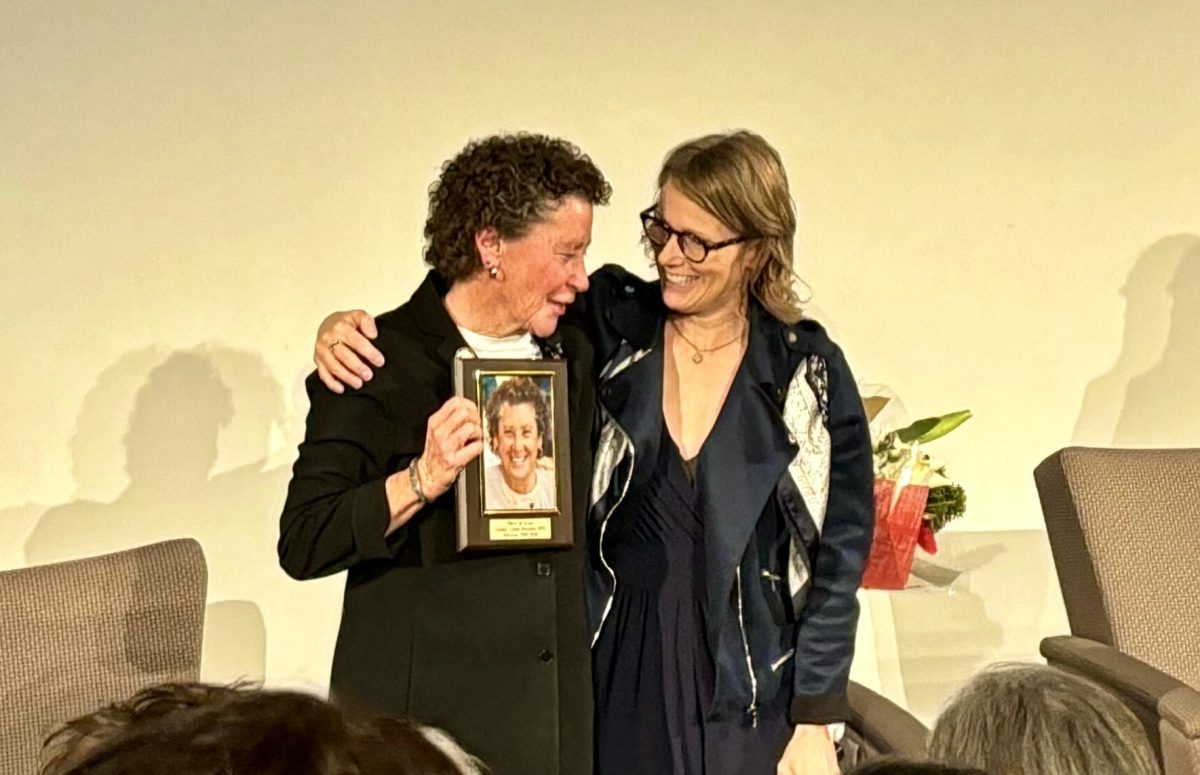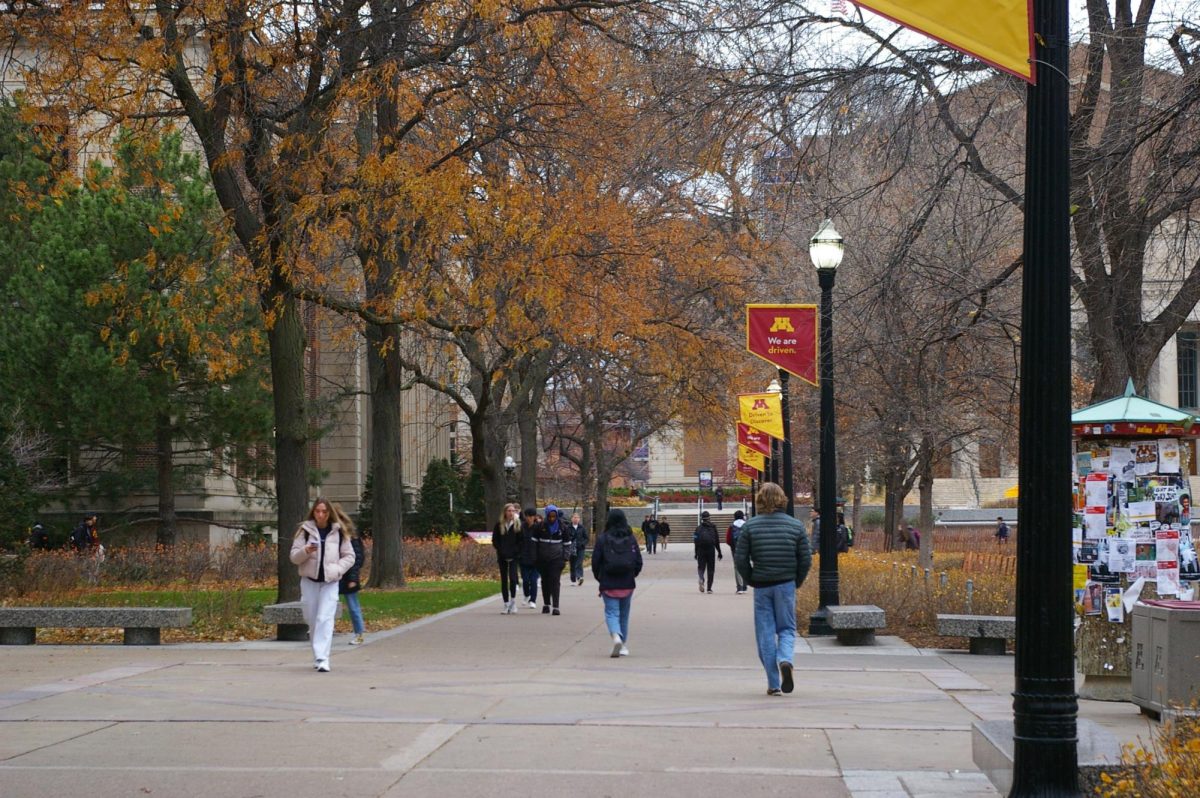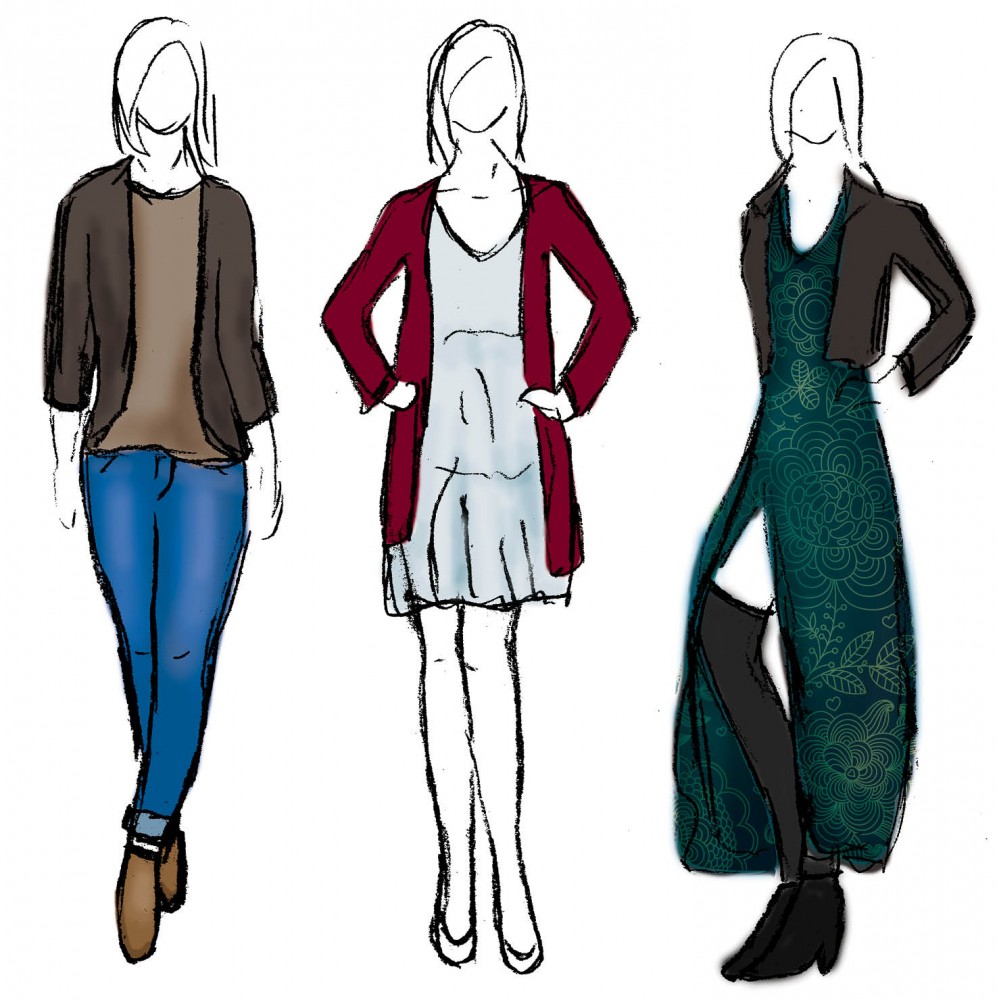Since 2009 is almost over, IâÄôve been thinking affectionately of the golden years in which I came of age, and felt a fashion history column was in order. (Plus my editor failed a quiz on fashion history and requested some help in retroactively passing.) The learning begins: 1900s: Bustles! Giant picture hats! Layers upon layers of underthings! Women of the early to mid-1900s were wearing a lot of clothing. Narrow-hemmed hobble skirts, popularized by designer Paul Poiret, restricted movement to tiny, âÄúfeminineâÄù steps. And wearing gloves everywhere? No fun. All the frills and furbelows made women appear docile and delicate. 1920s: Ladies finally eschewed all the ridiculous corsetry theyâÄôd been tied into for hundreds of years and the drop-waist silhouette became incredibly popular amongst young woman who were later dubbed âÄúflappers.âÄù Flappers did not generally wear sequins and feather boas. We can give partial credit to Coco Chanel for this revolutionary change. She was busy bringing the Little Black Dress and the suntan into vogue. 1940s: Women of the âÄô80s did not invent the power shoulder. It was being worn by megastars of the time like Joan Crawford, who used its strong silhouette to create a powerful stance onscreen and off. When they werenâÄôt being labeled âÄúbox office poison,âÄù celebrities like Katharine Hepburn dictated the trends of the time. Think loose trousers and wispy blouse tops; the great Kate gets a lot of credit for getting women out of the house dress and into pants. The âÄô40s influence can be felt in collections from designers like Michael Kors, who often includes put-together suits in his collections. 1950s: I have a feeling that girls who actually wore poodle skirts were few and far between. Post-war, Christian Dior created the âÄúNew LookâÄù silhouette: a tiny, wasp waist and full, graceful skirt. This would remain influential for years to come and we see glimpses of it on the runways still today. (Dior actually created the look in 1947, but it retained popularity throughout the âÄô50s.) This meant that underneath such ensembles, women were snapped into girdles and garters to improve their silhouette. Your grandma probably got a full-length fur coat as a Christmas gift during this era, and IâÄôve probably tried it on at an antique store. 1960s/1970s: What I love from the eras of my parentsâÄô youth are the Grecian-inspired dresses of the âÄô70s and Diane von FurstenbergâÄôs classic wrap dress (you can find one at Nordstrom right now) and the shift dress of the mod âÄô60s. Think Warhol superstars like Edie Sedgwick. The jumpsuit, popular in the days of Studio 54, has been featured in so many magazines that I find it kind of tired right now, but I know for a fact there are always a few on the racks of Everyday People and if youâÄôre brave enough to wear it at The Library Bar, kudos to you. 1980s: If you want to dress âÄô80s, you should wear tapered jeans, socks, loafers and an oversized button-down shirt. That decade should be remembered for their glitz and glam, and this year, the decade is back in a big way. WeâÄôre seeing gigantic shoulders on jackets, even at big-box retailers like H&M. So letâÄôs eschew the side ponytail and leggings for a sequined mini-dress if we feel like paying homage to the neon era. 1990s: Rumi from Fashion Toast (fashiontoast.com) is the perfect example of âÄô90s-inspired garb. Floral printed dresses worthy of âÄúBeverly Hills, 90210âÄù (the old version), skintight body-con dresses and even grunge-worthy flannel shirts are all timely right now. Marc Jacobs got fired from Perry Ellis for his grunge collection, but it caught on in a huge way and made his name in the fashion industry. Conversely, Gianni Versace was sending Cindy Crawford and Linda Evangelista down his runways in glamorous gowns and sexy, safety-pinned cocktail dresses. 2000s: What we see most clearly in the fashions that have paraded down runways from 2000 on is that fashion is just a giant Mobius strip; trends never really end, they just keep cycling through again and again. WeâÄôll probably never be wearing petticoats again, but who knows?
















